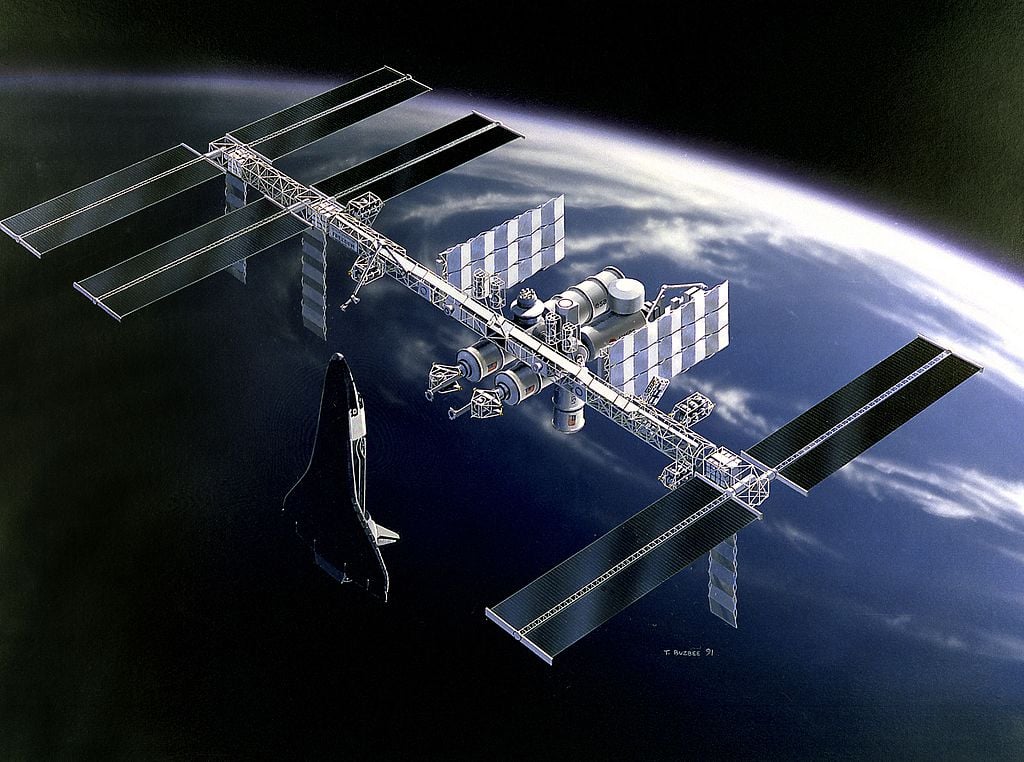It seems as if the Chinese space station originally launched in 2011 could come crashing down to Earth in March.
The Chinese Space Station
Back in 2011, China launched the Tiangong-1 space station. Tiangong-1, or “Heavenly Palace,” was the first Chinese space station – and two manned missions to the station were completed. The structure of the space station wasn’t intended to last much past 2013, but China decided to keep the station in service longer than originally intended – a decision which ended up being a major mistake. The country lost control of the Chinese space station back in 2016, and it has been floating free and out of control ever since.
The Cinese space station spinning out of control is a potentially catastrophic event, and the station is essentially just space debris at this point. With no one to maintain it or control it, Tiangong-1 is gradually degrading and falling apart, and it seems as if a large portion of the debris could re-enter Earth this coming March. Around 2000 to 8000 pounds of the roughly 19000 pound station could hit the surface.
No Cause For Alarm
While pieces of the Chinese space station re-entering Earth could potentially cause a lot of damage, the current calcualted trajectory has the debris landing between 43 degrees North and 43 degrees South latitude – an area covered almost entirely by ocean. If there’s a good place for the Chinese space station to crash, it would be the open sea – far away from human populations. The majority of land in the area is unpopulated, so even if the Chinese space station were to touch down on land, the chances of it actually causing harm are very low.
It’s important to note, too, that the Chinese space station is not the first spacecraft to crash and re-enter Earth – and it’s actually the smallest one yet. Phobos-Grunt, a 30000 pound Russian spacecraft that was set for a journey to Mars plummeted back to Earth in 2012, and NASA’s gigantic 160000 pound SkyLab also crashed unexpectedly, reports the Verge.
Although there have been multiple occurrences of space debris crashing down to earth, there has only been one person confirmed to have been hit by a piece of spacecraft thus far. Wired reports that back in 1997, Lottie Williams was taking a walk in Tulsa, Oklahoma, when a piece of metal hit her shoulder. NASA confirmed the location and time matched up with the re-entry of the Delta rocket. Even when hit by this piece of metal, Williams didn’t suffer any injuries. The fact that the Chinese space station debris will be entering at a spot covered by ocean and that is largely unpopulated suggests that we shouldn’t be worrying too much about this problem.
If there’s one thing we can take away from this instance, it’s that it’s important to not push important equipment beyond its capabilities. With the Chinese space station intended to be retired in 2013, continuing to utilize it years later led to an embarrassing loss of control. Although equipment like the Chinese space station is no doubt expensive and difficult to develop, ensuring the safety and utility of equipment





